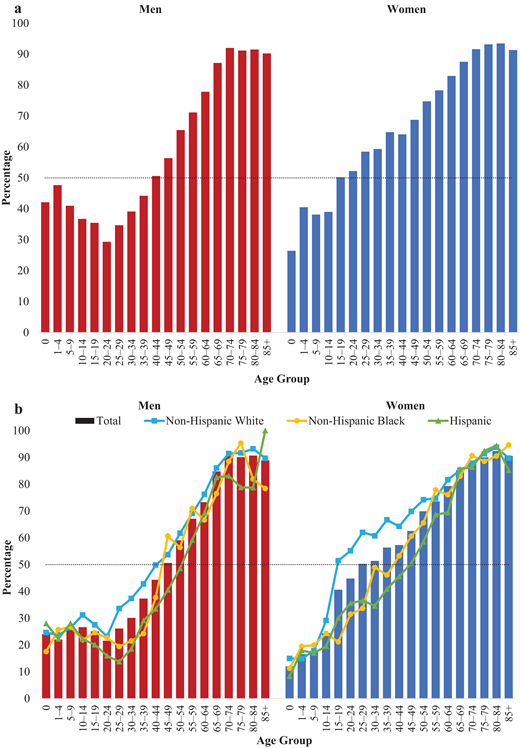[ad_1]
Two longtime friends are spearheading the use of generative artificial intelligence at health systems nearly 900 miles apart.
Cleveland Clinic’s chief information officer Matthew Kull and Jacksonville, Florida-based Baptist Health’s chief digital and information officer Aaron Miri are working with Microsoft to brainstorm administrative and clinical functions for GPT-4 at their organizations. Microsoft invested $10 billion in OpenAI, which developed GPT-4 and ChatGPT, in January.
“When Aaron and I spoke, it just made sense to us: Let’s see how far we can push this in the shortest amount of time available,” Kull said.
Related: Everything you need to know about ChatGPT in healthcare
Healthcare provider organizations, which typically adopt technology slowly, are rolling out tools powered by generative artificial intelligence at breakneck speed. Vendors and investors are excited about the potential: Electronic health record giant Epic Systems is implementing generative AI functionality into its EHR, the company said in April. Microsoft subsidiary Nuance Communications, a clinical documentation software company, said in March it is integrating GPT-4 voice-to-text capabilities into the EHR. Two venture capital firms, General Catalyst and Andreessen Horowitz, gave $50 million to a generative AI company without a product on Tuesday.
At the same time, industry stakeholders—and AI developers—have expressed concerns about the tools’ privacy and safety. OpenAI CEO Sam Altman said at a congressional hearing Tuesday that AI needs to be regulated by the government.
Kull and Miri, who are working together on use cases, said they are seeking to implement generative AI tools responsibly as they hit the gas pedal. In the past, the innovation process at health systems could take years, but coming up with an idea for how to use GPT-4 and creating the proof of concept happened over the course of weeks, Kull said.
“In about 30 days, we have a product that both of our teams are working to insert into workflows and partner with our respective clinician champions,” Miri said.
At the 22-hospital Cleveland Clinic, Kull’s team in partnership with Microsoft developed three specific use cases for the technology: summarizing large volumes of data from a patient’s chart for quality registry reports, pulling out discrete information from clinical reports and writing code to build programs that can quickly integrate health apps with the electronic health record. Kull said the clinical use cases will probably be live by the summer, while the coding capability can be used sooner.
At seven-hospital Baptist, Miri’s team developed three use cases as well: providing administrative support by summarizing meetings, analyzing data and records to provide diagnosis information and retrieving relevant information from large sources of data. Miri said he hopes to be piloting the use cases at selected sites by the end of the summer.
“I showed [these use cases] at a Baptist physician leadership retreat and all the physicians said, ‘Finally, this is what we’ve been looking for,'” Miri said.
[ad_2]
Source link



